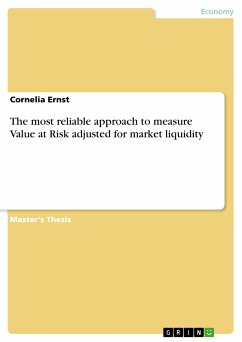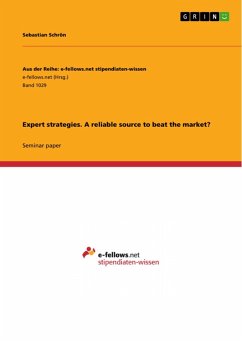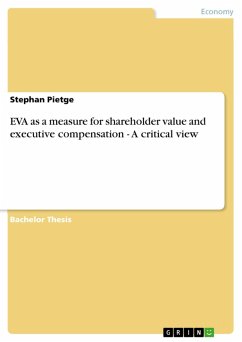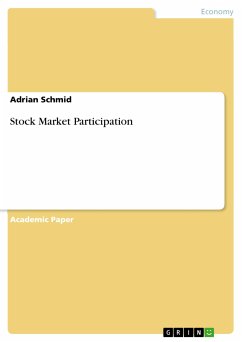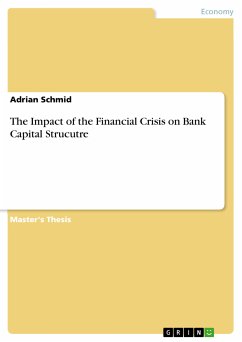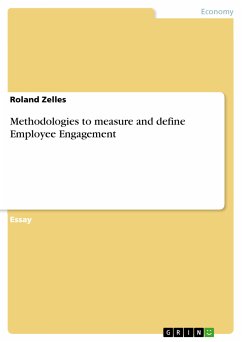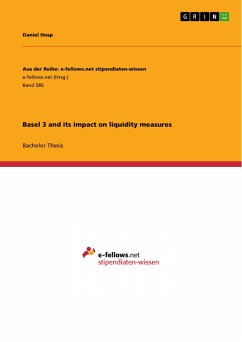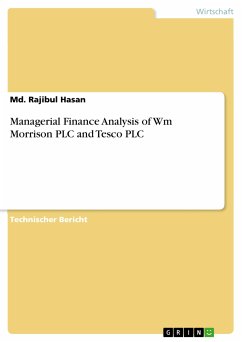Master's Thesis from the year 2009 in the subject Business economics - Investment and Finance, grade: 1.0, Technical University of Munich (Department of Financial Management and Capital Markets), language: English, abstract: The last months of the financial market crisis and in particular the bankruptcy of the renowned investment bank Lehman Brothers, have taught us all that a financial institution, failing to identify and address its risks appropriately, may rapidly face problems it is not able to handle on its own. Avoiding such problems requires a rigorous risk management not only in bad times but also in times where business is going and growing well. Today, the most popular tool to measure, control and manage financial risk within corporations and financial institutions is the Value at Risk (VaR) concept. However, since the computation of the traditional Value at Risk relies solely on market prices, one often criticized downside is its disregard of market liquidity risk, which is defined as the potential loss resulting from the time-varying cost of trading. Due to the neglect of liquidity risk, the calculated VaR measures are suspected to be generally underestimated. This thesis aims at finding a method for calculating liquidity adjusted Value at Risk (lVaR) that is most accurate and at the same time implementable in practice. The first objective is to provide a comprehensive overview on existing liquidity adjusted risk measures, assess them critically and evaluate their practicability. Second, I propose a new method to measure liquidity adjusted Value at Risk that accounts for non-normality in price and liquidity cost data using a technique called Cornish-Fisher expansion. In a third step I conduct extensive backtests of all lVaR approaches that proved to be implementable in a large stock data set of daily data. After comparing the accuracy of the backtested models in detail, recommendations for practical applications are given. I find only a very small fraction of those models based on indirect liquidity measures to be implementable. Mainly due to their burdensome data requirement most of those approaches are empirically untraceable. In contrast, the models using direct liquidity measures appeal through their manageable data requirement which facilitates their practical implementation. The empirical part of the thesis reveals that the main drivers for obtaining precise risk forecasts are the appropriate consideration of distributional properties and the use of direct, order size dependent liquidity measures. The dominant performance of the new lVaR method applying the Cornish-Fisher expansion indicates the superiority of this type of risk parametrization.

